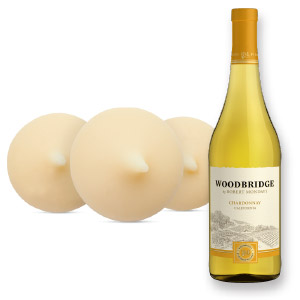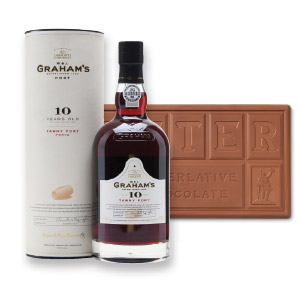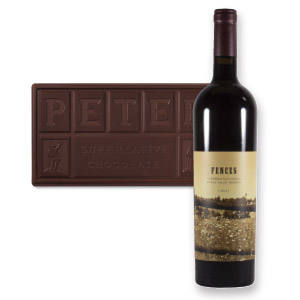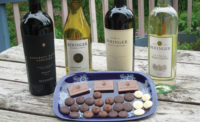Wine and chocolate pairing is a delicate art form that even amateurs are able to enjoy in the comfort of their own home if they know what they’re looking for.
Below are some pairing notes from Nick Gauger, food technologist, Cargill Cocoa & Chocolate, as well as some advice on pairing wine and chocolate.
Pairing Advice:
What is the number one piece of advice you’d give for pairing wine and chocolate?
Chocolates have a bold and persistent flavor, so it’s best to choose strongly flavored wines that can stand up to them. It makes it a little more challenging to find a pair that truly complements each other without some contrasting flavors, but when you do, it can be especially rewarding.
Are there any tasting tips or guidance you’d like to share?
Preparation
First, try to choose an environment without distractions in order to get the most out of your tasting. Prepare by cleansing your palate with something neutral such as filtered water or plain crackers. Be mindful of avoiding any strong food or beverages leading up to your tasting so as to mitigate any sensory interference. Make sure that your beverages are at the proper serving temperature.
Tasting
When you’re ready to taste, the most important thing to do is to taste consciously. Take note of all the aromas and flavors that you become aware of. First, take a sip of the beverage. Take note of what you perceive. Then, try a bite of the chocolate and do the same. Then, combine the two. Take a small bite of the chocolate followed closely by the beverage. What flavors are you tasting? Are they what you expected? Have you noticed any new flavors that weren’t present when you tasted the beverage and the chocolate individually? And most importantly, do you enjoy the combination?
Recommended Wine Pairings:
While Cargill offers a wide variety of fine cocoa and chocolate products, for this tasting we utilized Cargill’s premium and historic Peter’s Chocolate brand.

Peter’s Original White and Oaked California Chardonnay
Peter’s Original White is a white chocolate with a creamy milk flavor with subtle chocolate notes. Original White offers enough sweetness to support the other flavors without being overwhelming.
When paired with an Oaked California Chardonnay, like the one from Woodbridge pictured here, the subtle chocolate from the Original White is brought to the forefront and the vanilla notes of both combine to be greater than the sum of their parts. The milkiness of the chocolate moves to the background. The sweetness of the chocolate and the acidity of the wine tame each other so that neither is as dominant as they are separately.

Peter’s Broc and 10 Year Tawny Port
Peter’s Broc is a Milk Chocolate that’s milky with strong caramel notes and moderate chocolate flavor, coupled with hints of roast in the background.
An intense dark caramel and molasses flavor derived from the Broc and the 10 Year Tawny Port, like the Graham’s wine pictured here, respectively come forward when the two are paired together. The cooked sugar flavors complement each other, creating a sweet synergy. The pairing is rounded out by notes of plum, chocolate and toast — derived from the chocolate roasting process and barrel aged port.

Peter’s Cambra and Oregon Cabernet Sauvignon
Peter’s Cambra is Dark Chocolate that features a bittersweet chocolate with 72 percent cocoa solids, blended with European-style low roast liquor and aged to produce a mellow, balanced flavor, made with vanilla.
Red wine and dark chocolate, albeit a common pairing, can be complex due to the bitterness of both parties. In this instance, such as with the Fences wine pictured here, the natural acidities of both members of this pairing play well together. Black cherry layers on chocolate and the two are supported by tobacco and roast flavors.




